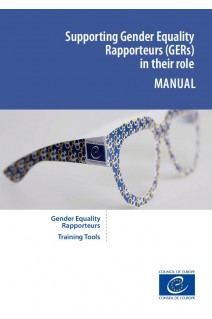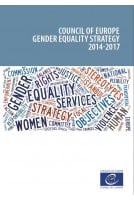



This manual is intended to serve as a guide and a comprehensive tool toward the achievement of gender mainstreaming which is the (re)organisation, improvement, development and evaluation of policy processes, so that a gender equality perspective is incorporated in all policies, at all levels and at all stages, by the actors normally involved in policy-making.
Contents
FOREWORD
WARM UP
Test your knowledge on mainstreaming a gender perspective
BASICS
Always remember the basics: What is Gender?
Defnition Gender Mainstreaming
Two faces of gender mainstreaming
Characteristics of gender mainstreaming
Why Gender mainstreaming?
Prerequisites
Getting started with Gender mainstreaming: steps in assessing gender impact
Examples
GER: THE RIGHT REFLEXES – OVERVIEW
A. Know your role as Gender Equality Rapporteur
B. Adopt the mindset of a Gender Equality Rapporteur
C. Know your FAQ – the FAQ you might ask yourself and those you might get asked as GER
GER – THE RIGHT REFLEXES PRACTICE FAQ & ASSESSING GENDER IMPACT
FAQ you might ask yourself and you might get asked as a GER
1. Might diferences between men and women play a role?
2. Which relevant social and cultural diferences between men and women might play a role?
3. How should the suggested activity/ text/ policy take those diferences into account?
GLOSSARY: WORDS AS BUILDING STONES TO INCREASE EFFECTIVENESS AND TEAMWORK
Always remember the basics first!
Invest in terminology and common language
ANSWERS TO THE TEST OF YOUR KNOWLEDGE ON GENDER MAINSTREAMING




This manual is intended to serve as a guide and a comprehensive tool toward the achievement of gender mainstreaming which is the (re)organisation, improvement, development and evaluation of policy processes, so that a gender equality perspective is incorporated in all policies, at all levels and at all stages, by the actors normally involved in policy-making.
